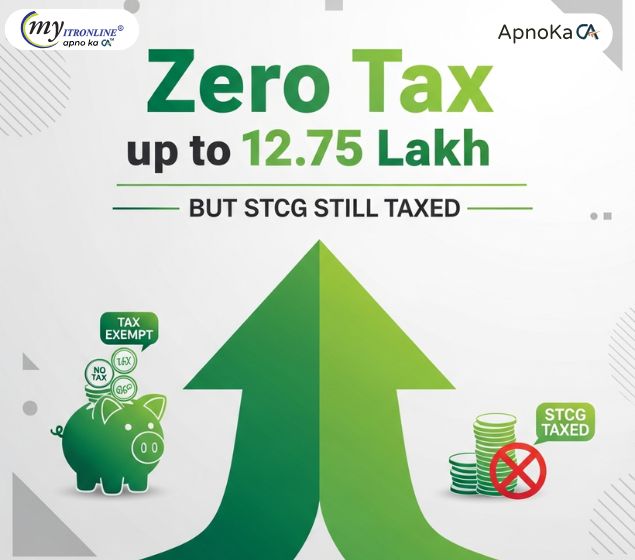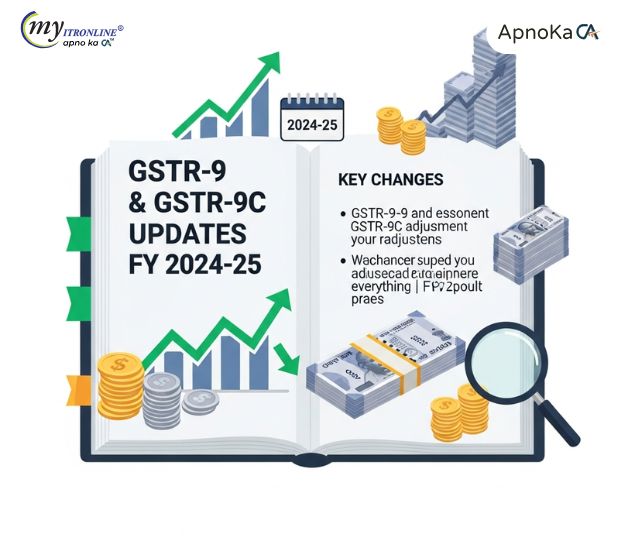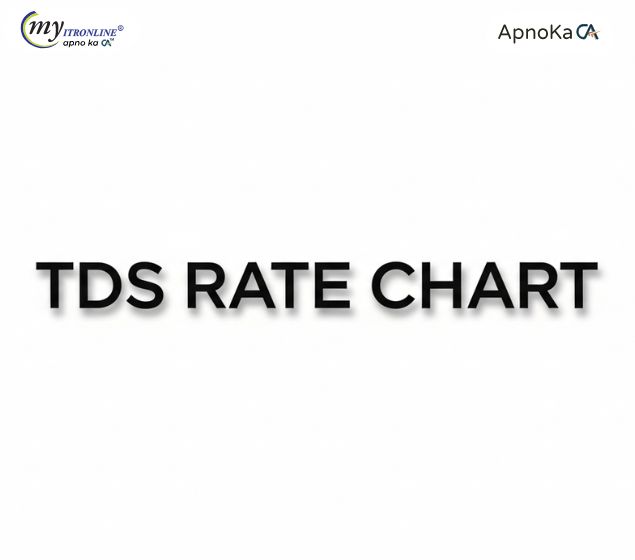# ca
12 posts in `ca` tag

Zero Tax up to 12.75 Lakh But STCG Still Taxed
The Union Budget 2025 has raised the Section 87A rebate, exempting income up to ₹12.75 lakh from tax. However, Short-Term Capital Gains (STCG) on equity shares and mutual funds remain taxable at a flat 15%. While salaried taxpayers enjoy zero tax relief, investors and traders must pay STCG separately without rebate benefits.

Key Changes in GSTR-9 and GSTR-9C for FY 2024-25: Everything You Should Know
The GST portal has opened GSTR-9 and GSTR-9C for FY 2024-25 with a filing deadline of December 31, 2025. This guide explains the key changes in both forms, filing thresholds, auto-population details, and practical tips to file on time and avoid penalties—written in clear, simple language.

Reels, Revenue, and Returns: Tax Rules for Creators Earning from Facebook & Instagram Reels
The creator economy is booming, but taxes are unavoidable. This blog explains how income from Facebook and Instagram Reels is treated under Indian tax laws, covering ITR filing, deductions, TDS rules, and GST registration.

Tax Alert: Got an Income Tax Notice for Buying Property in Wife’s Name? Here’s What to Do
Buying property in your wife’s name can trigger an Income Tax Notice. This guide explains the spouse exemption under the Benami Act, how Section 64 clubbing works, and the exact documents and steps to respond. Act fast, stay transparent, and keep your paperwork ready.

Landmark Madras HC Ruling: Hostels Now Classified as Residential, Not Commercial
The Madras High Court has ruled that hostels should be classified as residential properties, not commercial ones, for property tax and utility charges. This decision reduces costs for hostel operators, sets a legal precedent, and raises new questions about GST treatment of hostel rentals.

Rise of the Machine: How AI is Changing Tax Compliance in India
India’s tax system is being reshaped by AI and Big Data. Through Project Insight, the Income Tax Department now tracks bank data, investments, and lifestyle transactions in real time, flagging anomalies and ensuring compliance.

EPFO Stops UAN Activation on Portal Here’s the New Way
EPFO has stopped UAN activation on its Member Sewa portal. The process is now available only through the UMANG App using Aadhaar-based Face Authentication. This ensures better security, fraud prevention, and smoother services.

Supreme Court Protects CAs: Issuing Form 15CB Is Not Money Laundering
The Supreme Court of India has upheld that Chartered Accountants cannot be prosecuted for money laundering simply for issuing Form 15CB, as it is a statutory duty under the Income Tax Act. This ruling protects professionals from being unfairly targeted and clarifies the limited role of CAs in compliance matters.

EPF Interest Tax Rule 2025: What You Need to Know
The EPF interest taxation rule introduced in 2021 is now a permanent reality in 2025. Contributions above 2.5 lakh (5 lakh for government employees without employer contribution) attract tax on interest. EPFO maintains separate taxable and non-taxable accounts, with TDS applied on taxable interest. High earners must now plan carefully, track contributions, and explore other investment options to optimize returns.

Premiums Surge as Health Insurance Demand Rises
The health insurance sector in India is witnessing strong growth after the GST cut on premiums. Stand-alone insurers saw a 38.3% rise in October, overall premiums grew 7.7% in FY26, and health insurance now makes up nearly 40% of the non-life insurance market. With leaders like Star Health, Niva Bupa, Aditya Birla, and New India Assurance driving momentum, this is the right time for families to secure affordable health coverage.

RBI Alert: Bank Account Closure Begins Today
This blog explains RBI’s new directive effective November 11, 2025, targeting dormant, inactive, and zero-balance accounts. It highlights which accounts are at risk and provides easy steps to keep your account safe and active.

TDS Rate Chart FY 2025-26 (AY 2026-27)
This blog provides a simplified overview of the latest Tax Deducted at Source (TDS) rates for FY 2025-26 (AY 2026-27). It highlights key changes in thresholds, presents a clear rate chart for residents, and offers practical compliance tips for taxpayers.
